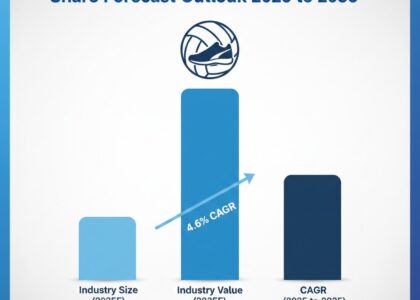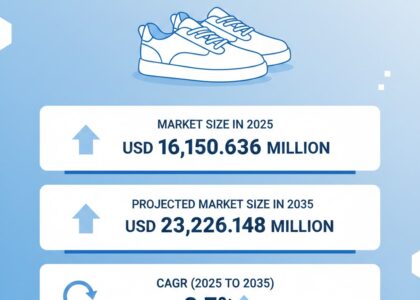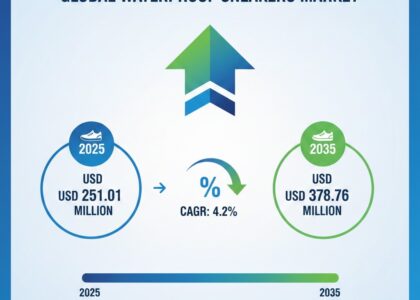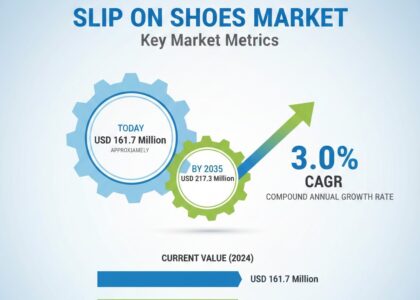The global level transmitter market is expected to witness steady growth over the next decade, with its valuation rising from USD 3,680 million in 2025 to USD 5,350 million by 2035, registering a compound annual growth rate (CAGR) of 3.1%. This growth is attributed to the rising adoption of industrial automation, increasing need for real-time monitoring of liquid and solid levels across sectors such as oil & gas, water treatment, food & beverage, and chemicals, and continued advancements in sensor technologies that enhance precision and reliability.
Level transmitters play a critical role in process control and operational safety, enabling accurate measurement of materials within tanks, silos, and pipelines. As industries embrace digital transformation, the demand for smart, connected level measurement devices is increasing. The incorporation of non-contact sensors, wireless connectivity, and remote monitoring capabilities is expanding the functional scope of level transmitters, particularly in hazardous and hard-to-reach environments. This evolution is helping industries optimize performance, minimize downtime, and ensure compliance with stringent safety regulations.
Get Ahead with Our Report: Request Your Sample Now!
https://www.futuremarketinsights.com/reports/sample/rep-gb-17823
Market Trends
-
Shift toward smart level transmitters with IoT and wireless communication capabilities.
-
Rising use of non-contact technologies such as radar and ultrasonic for difficult media.
-
Adoption of IIoT-enabled devices for remote monitoring and predictive maintenance.
-
Growth in multivariable transmitters that provide level, pressure, and temperature in one unit.
-
Integration with cloud-based industrial platforms for real-time analytics.
Driving Forces Behind Market Growth
-
Rising demand for automation and digitalization in industrial processes.
-
Increasing need for precise level monitoring in harsh and hazardous environments.
-
Expansion of water and wastewater treatment infrastructure globally.
-
Regulatory emphasis on operational safety and compliance across process industries.
-
Growth in oil & gas, pharmaceuticals, and food & beverage sectors, requiring continuous level measurement.
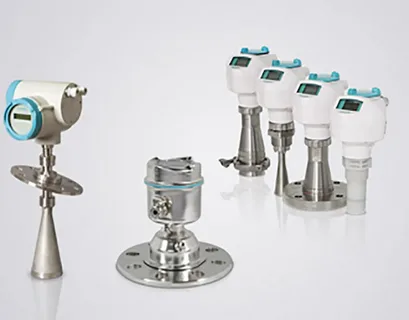
Challenges and Opportunities
-
Challenges:
-
High initial installation costs for advanced level transmitters.
-
Calibration complexity and need for skilled workforce.
-
Performance limitations in extreme temperature, pressure, or dusty environments.
-
Competition from low-cost alternatives and legacy systems in developing regions.
-
-
Opportunities:
-
Increasing investment in smart manufacturing and Industry 4.0 adoption.
-
Development of miniaturized, battery-powered, and maintenance-free transmitters.
-
Demand for customized and application-specific transmitters.
-
Emerging markets expanding industrial infrastructure, especially in Asia and Africa.
-
Recent Industry Developments
-
Launch of loop-powered radar transmitters offering compact designs and higher accuracy.
-
Introduction of self-calibrating and diagnostics-enabled transmitters for critical industries.
-
Partnerships between sensor manufacturers and cloud software providers for integrated monitoring solutions.
-
Expansion of contactless radar-based level measurement systems for hygienic and corrosive applications.
-
Investment in AI-based signal processing to reduce false readings and improve measurement reliability.
Exhaustive Market Report: A Complete Study
https://www.futuremarketinsights.com/reports/level-transmitter-market
Regional Analysis
-
North America:
-
Strong market presence driven by advanced industrial automation, especially in oil & gas and water treatment.
-
Demand for high-end smart transmitters and predictive analytics systems.
-
Ongoing upgrades of aging infrastructure boosting replacement demand.
-
-
Europe:
-
Stable growth supported by strict environmental regulations and process safety mandates.
-
High adoption in chemical and pharmaceutical industries, requiring precision and hygiene.
-
Focus on energy efficiency and sustainability driving adoption of digital transmitters.
-
-
Asia-Pacific:
-
Fastest-growing region led by China, India, Japan, and Southeast Asia.
-
Rapid industrialization and urbanization boosting demand across sectors.
-
Government investments in wastewater treatment and energy projects increasing the need for accurate level monitoring.
-
-
Latin America and Middle East & Africa:
-
Growing adoption in oil & gas extraction, mining, and power generation sectors.
-
Infrastructure development and foreign investments in industrial facilities contributing to market growth.
-
Gradual shift toward smart measurement devices in expanding economies.
-



